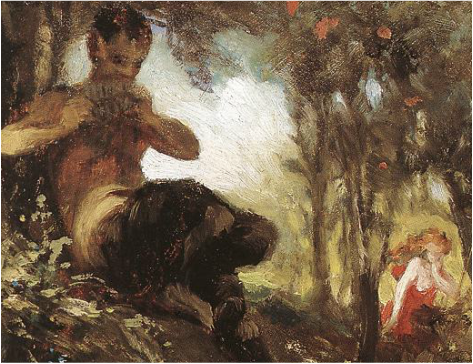I'm edu-macating these days and have nil time for blogging. May I instead offer snapshots of my academic prose?
Beginning at 2:48, we change both keys and melody as the clarinet chromatically explores up and down a few times within an octave, echoed by the flute (3:01), the exchange then repeated by both in another key, before the key changes again and an oboe takes the melody (3:17). At 3:45, the melodies change again, having added the violins. What I found unique in this section was that the melodies rise in pitch before they descend, as opposed to the immediate descending of the melodies in the first section. In regard to dynamics, while the music crescendos and decrescendos between piano and mezzo-forte (3:48, 5:01)--a relatively peaceful range of volume--it conveys more presence than the quiet melodies we heard in the first section, which began as pianissimo at the beginning, and only ever crescendoed to mezzo-piano (1:24).
The third section of the music is a variation on the opening section, suggesting the piece as a whole is essentially a ternary form, followed by coda conclusion (9:04) in which the harps mellow the tempo with a ritarding ostination. The violins and horns offer a final unique phrase here with their chords in parallel motion, and then they are quietly overtaken by various other instruments in a group decrescendo to the end.









